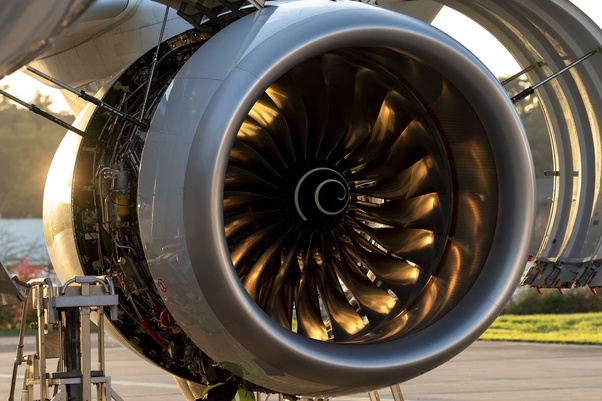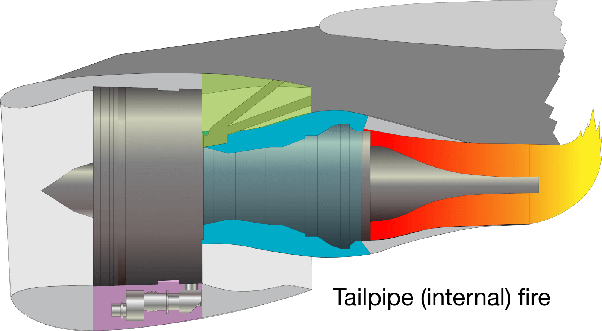In a typical jet engine start-up, when the pilots run the starter the high-pressure compressor or N2 starts to rotate. At a certain N2 called the maximum motor speed, fuel is introduced by moving the fuel lever. This should start the fuel flow and cause a rise in the Exhaust Gas Temperature (EGT) and N1 should slowly start to rise as well. The start ends when all the engine parameters like the N1, N2, EGT, and fuel flow reach stable values.
In a hung start, everything is initially normal. As you run the starter the N2 gains speed and as motoring speed is reached, the fuel is introduced to mix with the air to be burnt. As fuel is sprayed in the combustion chamber, EGT will start to rise. So far so good. However, this time you will notice that the N2 rotation is a bit slow and the N1 barely gains any rotational speed. You will see EGT going up, but it is way too low for a normal start. At some point, N2 and N1 will stop way below the idle values. The EGT of course will be higher than normal for the very low N2 and N1 values but it would not reach the limit. The N2 and N1 basically “hang” at a lower value. That is why it is called a hung start.

The main reason behind a hung start is insufficient airflow. A weak starter or a damaged one may not be able to rotate the N2 to the self-sustaining speed causing it to stop before idle RPM is reached. A contaminated or damaged compressor blade may also cause a hung start because it may result in the compressor not attaining the required RPM.
A hot start occurs when the EGT of the engine goes beyond the limits. Each engine has a maximum start EGT which must not be exceeded. Usually, hot starts happen quickly near the end of the start. So, you better be ready. It happened to me once when I was flying the Dash 8. The engine start was initially quite normal but in the very end, the EGT needle just spiked up. As soon as we saw the spike, we shut down the engine by cutting off the fuel. Hot starts are caused by (the list is not exhaustive):
- Insufficient airflow. Just like the hung start if the starter cannot rotate the N2 properly air flow is not that strong through the engine. This causes heat to build up which eventually raises the EGT.
- Starting the engine in a tailwind. The tailwind opposes air flow rotating the N2 disrupting the smooth airflow through the engine. This leads to insufficient cooling and causes the EGT to go up.
- Excessive fuel flow can also cause heat to build up and EGT to rise. This is mainly a result of improper pilot procedures, like introducing fuel before the recommended motoring speed is achieved.
The procedure to follow as a pilot if faced with either a hung start or hot start is similar. He or she must immediately shut off the fuel and cut off the starter. If a new start is to be attempted a dry crank procedure must be applied. A dry crank is a process where the N2 is rotated with the help of the state without introducing fuel. This allows any unburnt fuel in the combustion chamber during the failed start(s) to be removed from the engine. Starting the engine with excessive fuel in the combustion chamber can cause a tailpipe fire, where the unburnt fuel can ignite and cause flames to come out of the engine exhaust. This would not damage the engine but the fire can damage the components near the fire.

Author – Anas Maaz (Airline Pilot )
- ✈️ Airbus A350 vs Boeing 777: A Deep Technical Comparison
- 10 Best Aviation Gifts in 2025 That Every Pilot & AvGeek Will Love
- Air India Flight AI171 Crash: Latest Updates on Cause, Investigation & Victim Support
- 🛑 Tragedy in the Skies: Air India Flight AI171 Crash – Full Update as of June 14, 2025
- “Traffic saved me”Student missed Air India flight by just 10 minutes





